A Home Insemination Guide Video
You have chosen your sperm donor and now he's ready to donate his sperm. So what do you do and how do you do it?
If you are not going through artificial insemination at a clinic and you are have purchased your home insemination kit, here is your guide on becoming pregnant through home insemination
.
What are the Steps to Home Insemination?
This is your simple 7 step guide to home insemination using donor sperm.
Step 1
1. Your sperm donor will firstly need to ejaculate into the specimen cup (or a Softcup). Your donor should replace the lid on the cup and pass it to you as soon as possible after ejaculation. Your donors’ job is now complete!
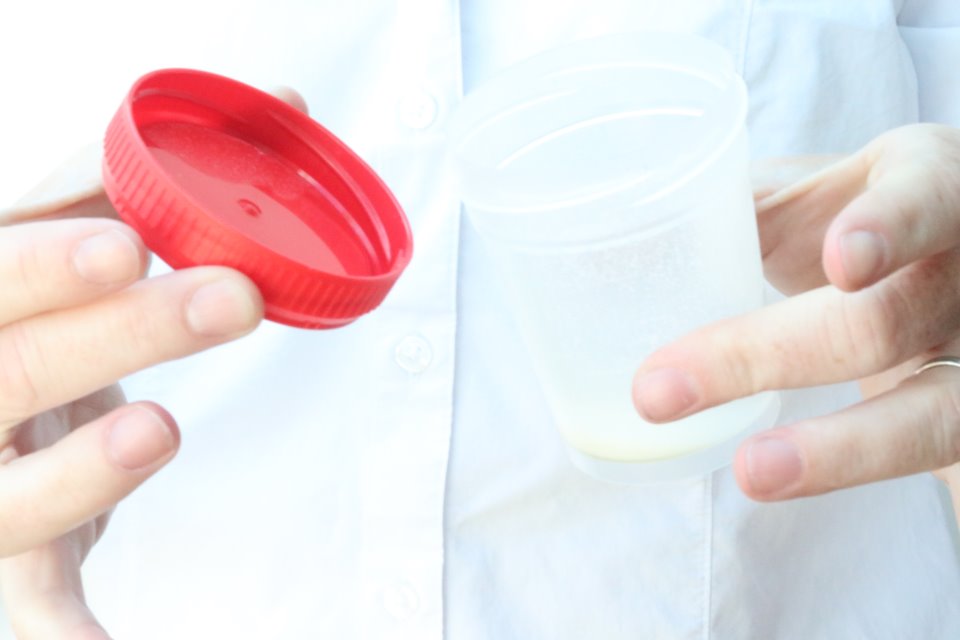
Step 2
2. Get yourself into a comfortable position with your hips raised. If using a vaginal speculum a small amount of lubrication (sperm friendly such as PreSeed) may be required to effectively insert the speculum, but only use a small amount. The woman can very gently insert the speculum into the vagina to locate the cervix or why not ask your partner to help.
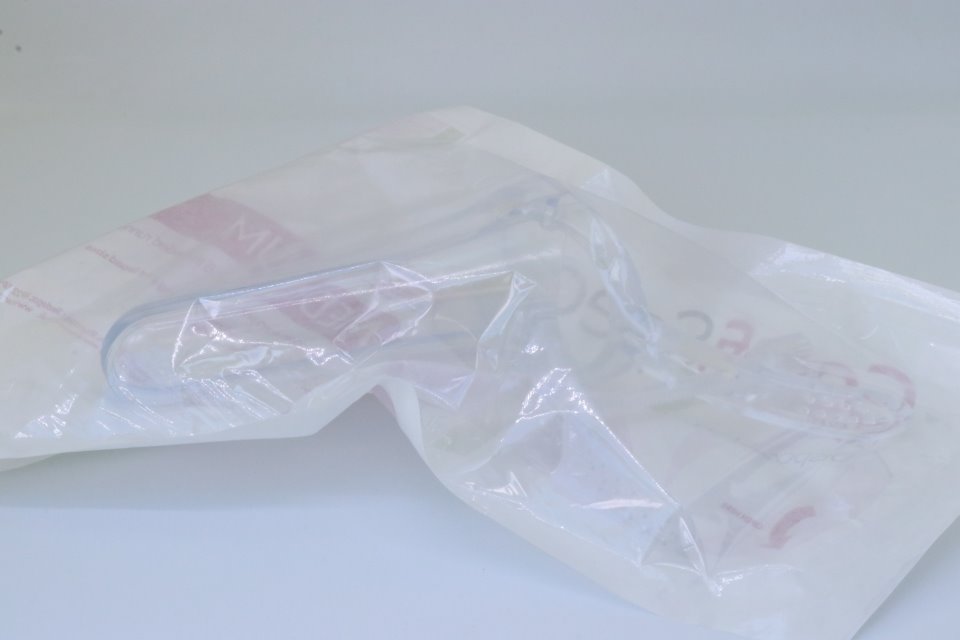
Click here for insemination guidance using a softcup.
Step 3
3. Insert the speculum at a 45 degree angle pointing slightly downward. Open the"bills" of the speculum 2 or 3 cm using the thumb lever. Position the bills so that the cervix "falls" in between. Secure the speculum by clicking the ratchet mechanism (plastic speculum). Make sure that you lock the speculum in place if it is a lockable speculum. Do not move the speculum while it is locked open as it may cause injury.
Step 4
4. Wait for the sperm to liquefy, this would normally take 10-20 minutes, draw back the syringe once with nothing but air and then push the air out, then slowly suck up the sperm into the syringe (no needle required). The sperm can remain active for a 1-2 hour period as long as it is maintained at just below body temperature however it is best to inseminate as soon as the sperm liquefies.
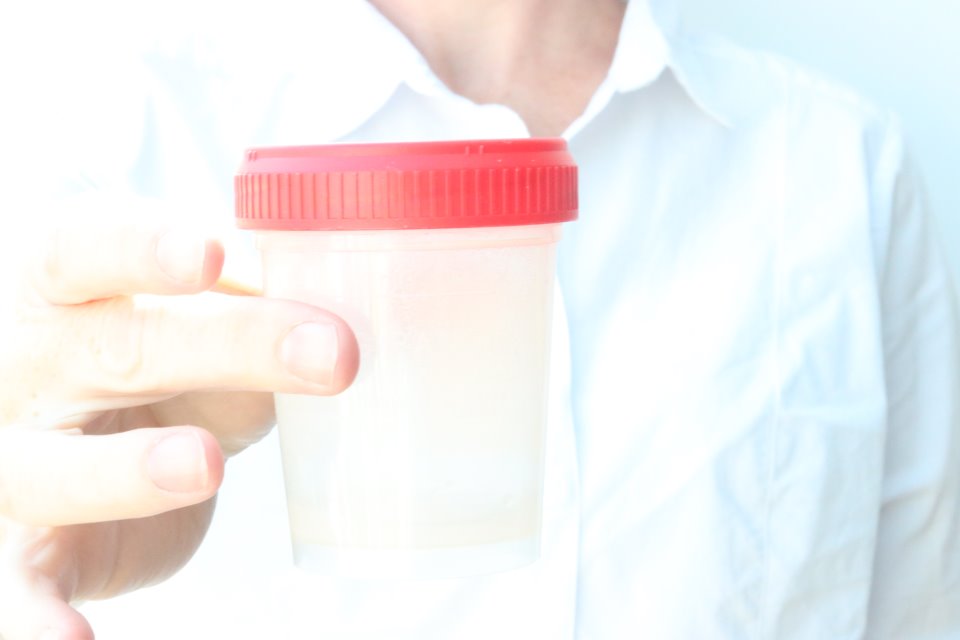
Step 5
5. Squeeze the contents of the sperm as far into the vagina as possible and near to the cervix – do not aim at the cervix as this could cause injury to the cervix and the woman could go into cervical shock. Leave the syringe in placefor a few seconds and then slowly withdraw it.
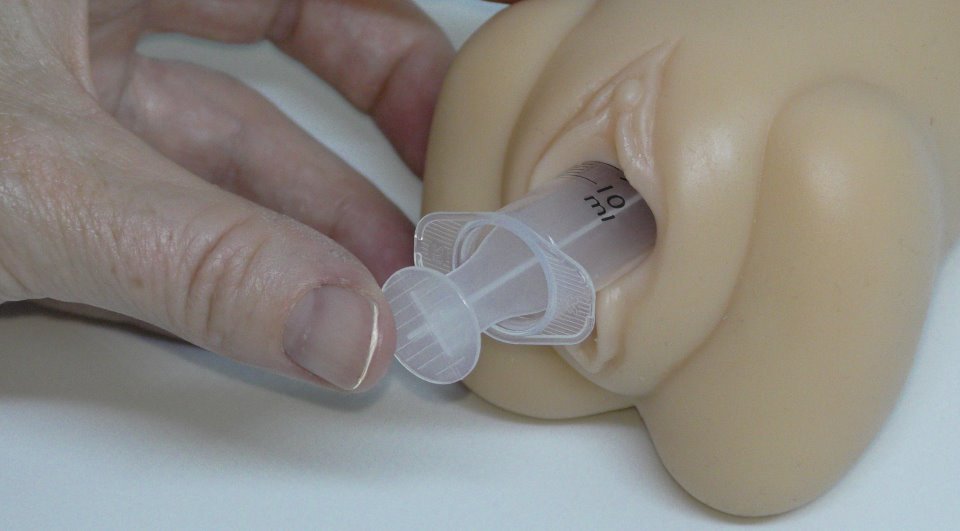
Step 6
6. If you are using a speculum once the sperm has been inseminated slowly withdraw the speculum slightly to clear the cervix. Loosen the speculum and allow the"bills" to fall together. Continue to withdraw while rotating the speculum to 45 degrees, dispose appropriately as they are single use speculums. Dispose of used syringe and specimen appropriately also as they are also for single use only.
Step 7
7. Lie down on your back with your hips propped up by a pillow for around 20-30 minutes. This should be ample time to allow the sperm to travel.
Other methods are available such as using a cervical cup however studies suggest that there is little difference in the conception rates and we suggest any method other than that above should be carried out by a medical professional.
Disclaimer:
We would recommend you seek advice from your GP if you feel you need further clarification around Home Insemination Procedures. We strongly recommend you consider all health and legal risks of carrying out insemination methods outside of a licensed fertility clinic.
Please refer to our FAQ's section for more information.
Co-ParentMatch.com will not be held accountable for any future actions or problems that arise as a result of carrying out such procedures)
Take me to:
3 Questions to Ask Yourself before Home insemination:
-
Is your donor disease free? Not sure? Get him tested!
-
Is your donor actually fertile? Does your donor have a high enough sperm count to get you pregnant? Does his sperm have good motility?
-
Am I ovulating? Monitor your fertile days using ovulation tests or a BBT chart.
What Equipment do I need for home insemination?
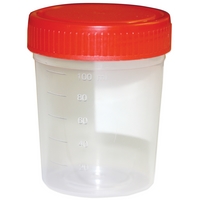
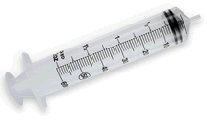
When should I perform home insemination?
Use an ovulation prediction kit and/or a BBT chart to determine your 2 most fertiledays. Inseminate during these fertile days i.e the two days before your LH surge and two days after if you can arrange this with your donor. If its not possible to inseminate over 4 days then stick to the 48 hours before your LH surge as indicated with a positive ovulation predictor test.
When you are using a sperm donor to become pregnant, monitoring your ovulation is all the more important as plans have to be made to meet your donor during your fertile window. Being able to give your donor notice of when you will be ovulating can be helpful in some situations.
.jpg)
Should I stay lying down after home insemination?

There is no evidence to prove that you should stay lying down after your insemination however if you have had home insemination using a syringe or natural insemination then it is more likely that the semen will stay in your vagina and around your cervix when you lie down then if you stand up straight away, so it wont do any harm.
Some guidance will indicate that lying on your back with your hips raised after insemination will increase your chances- again there is no evidence to prove this increases your chance of becoming pregnant but common sense would suggest that this will encourage the sperm towards your cervix and uterus. Just be careful if you suffer from urinary tract infections as it is advisable to empty your bladder after sex.
What are the Risks of Home Insemination?

You will be taking a huge risk if you do not follow this guidance:
1) Insist on health test results including STI’s and genetic conditions
2) Insist on fertility tests such as sperm count, motility and morphology.
3) ID Check – is your donor who he says he is?
4) Always tell a friend where you will be and who you are meeting
5) Don’t attempt to use any equipment such as catheters attached to the syringe.
6) Report any members who pressure you for NI.
Good luck with your home insemination. Remember to follow our guidelines carefully. Here's what happens as soon as you inseminate sperm into the vagina.
